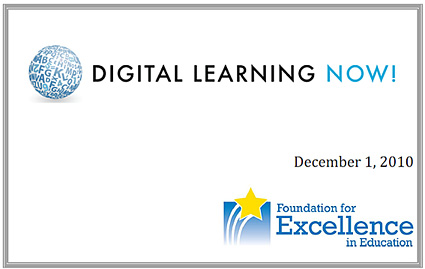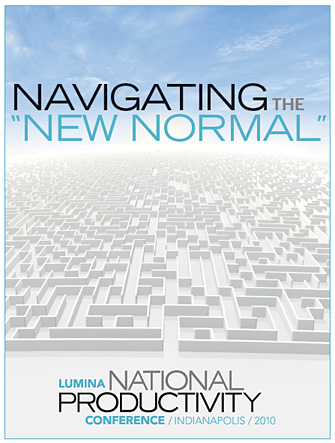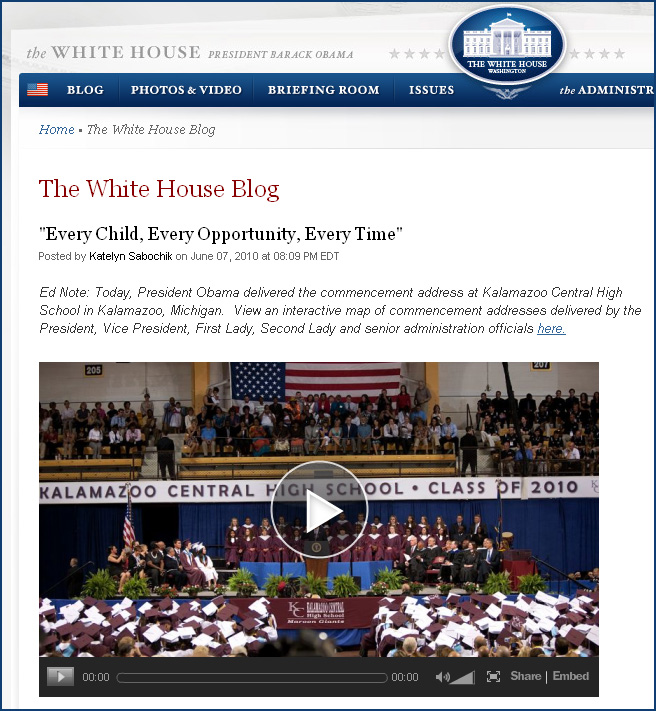What They Know – Mobile — from WSJ
Your apps are watching you — from WSJ
A WSJ investigation finds that many apps on the iPhone and Android are breaching the privacy of smartphone users
Facebook in Privacy Breach — WSJ
Many of the most popular applications, or “apps,” on the social-networking site Facebook Inc. have been transmitting identifying information—in effect, providing access to people’s names and, in some cases, their friends’ names—to dozens of advertising and Internet tracking companies, a Wall Street Journal investigation has found. The issue affects tens of millions of Facebook app users, including people who set their profiles to Facebook’s strictest privacy settings. The practice breaks Facebook’s rules, and renews questions about its ability to keep identifiable information about its users’ activities secure.
Facebook Apps Sending Personal Information to Internet Tracking Companies — from consumeraffairs.com
FarmVille and other popular games collect IDs and sell them, Wall Street Journal reports
The Web’s New Gold Mine: Your Secrets — from WSJ
A Journal investigation finds that one of the fastest-growing businesses on the Internet is the business of spying on consumers. First in a series.
- The study found that the nation’s 50 top websites on average installed 64 pieces of tracking technology onto the computers of visitors, usually with no warning. A dozen sites each installed more than a hundred. The nonprofit Wikipedia installed none.
- Tracking technology is getting smarter and more intrusive. Monitoring used to be limited mainly to “cookie” files that record websites people visit. But the Journal found new tools that scan in real time what people are doing on a Web page, then instantly assess location, income, shopping interests and even medical conditions. Some tools surreptitiously re-spawn themselves even after users try to delete them.
- These profiles of individuals, constantly refreshed, are bought and sold on stock-market-like exchanges that have sprung up in the past 18 months.
Facebook’s Zuckerberg Says The Age of Privacy is Over — from readwriteweb.com
Why Facebook is Wrong: Privacy Is Still Important — from readwriteweb.com
Leaving Facebook — technologyreview.com
Will Diaspora provide a social-networking haven for those fed up with Facebook?
.
Also see:
Obama administration calls for online privacy bill of rights — from cnn.com
















